Latin American Foods Add Polyphenols and Spice to Brain-Healthy Eating
Plus, a new recipe for Pipián Rojo, a creamy, chile-laced sauce from central Mexico
Happy September, everyone. The last time I wrote to you we were looking forward to a little break, Italian-style. How did Ferragosto go for you? I hope you were able to give your brains a pause and enjoy unstructured downtime. Even if you were working, I’d love to hear how you embraced Ferragosto in your busy life.
The highlight of my Ferragosto was having my boys and their girlfriends stay for a week in Jackson Hole. The rainy weather really helped us slow down, so of course we spent a lot of time in the kitchen. I updated a few family recipes with brain-healthy touches—like Jack’s favorite almond flour chocolate chip skillet cookies and Nick’s favorite ricotta gnocchi. We did a test run of a better-for-you penne alla vodka recipe (coming this fall!). And, we made the recipe I am sharing today—Pipián Rojo—many times, many ways.
This post and the recipe are open access for all subscribers, so feel free to share.
Today we are talking about how to cook with delicious, brain-healthy foods from Latin America. When I attended cooking school in the mountains outside of Oaxaca, Mexico, I was blown away by the incredible diversity of vegetables, beans, fruits, and spices, not to mention the dizzying array of chiles at the markets. I learned to make a complex creamy pipián rojo and verde sauces using pepitas, almonds, sesame seeds, and dried and toasted chiles. Squash blossoms (rich in brain-boosting flavonoids) became my new favorite taco filling. I even tried chapulines, a traditional source of protein in the mountainous regions, piled atop tostadas. But this is what surprised me most: how well these foods fit with brain-healthy eating.
The Latin American Heritage Diet
The Mediterranean diet has been well-studied for its longevity and brain health attributes, but you don’t hear as much about the health benefits of other traditional diets, like the African, Asian, and Latin American ones. I’ve written about this in my book, and spoken about it in this recent panel discussion. Take a look at the Latin American pyramid, below, and you’ll find striking similarities to the Mediterranean one.
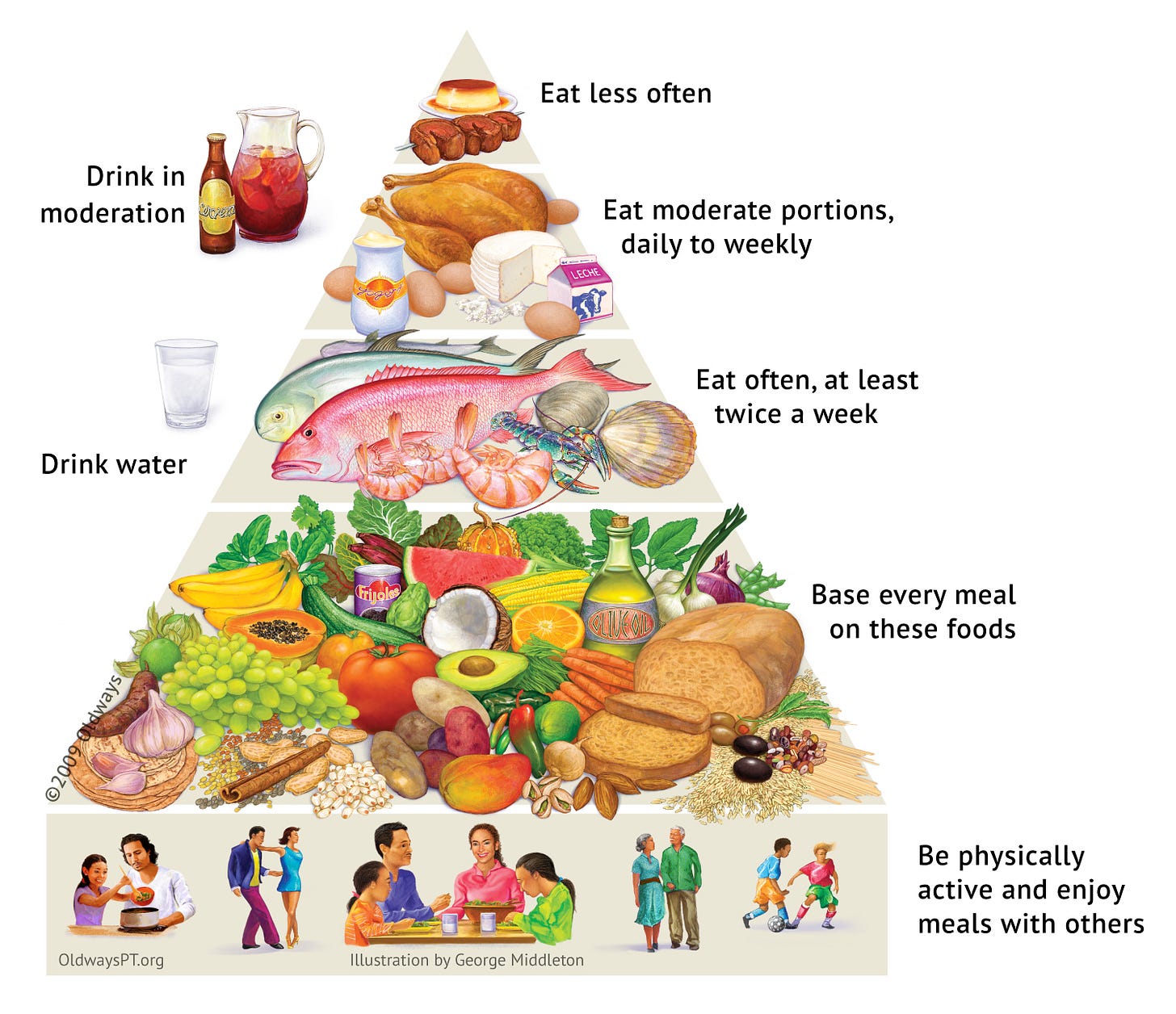
The Latin American Heritage Diet (LAHD) was created by Oldways (the same organization that gave us the Mediterranean diet pyramid) to depict the rich variety of traditional foods in Mexico, Central and South America. Thie LAHD pyramid has not been studied for its dementia prevention capabilities like the Mediterranean one has, but the all-star brain-healthy food groups are there: vegetables, leafy greens, whole grains, beans and legumes, fish and seafood, nuts and seeds. Poultry, meat, and dairy products are eaten less frequently. In addition, there’s a wider variety of fruit than in the Medi Diet, along with spices and the wide world of peppers—rich in brain-boosting capsaicinoids, a type of flavonoid.
Traditional Mexican Dishes Rank High in Polyphenol Content
If researchers studied how the LAHD contributes to healthy aging, I believe, it would rank high on the list of brain protective diets. Just like in the case of the American diet, though, many Latin dishes have changed over the past decades as ultra processed foods replaced traditional ones. That’s one reason I was thrilled to see this paper published out of the University of Puebla that measured the polyphenol content of traditional Mexican foods. Polyphenols are substances in plant foods that fend off inflammation at the cellular level in the brain. Flavonoids account for about 60% of the polyphenols in nature. Researchers found these dishes got the highest marks for brain health nutrient content:
Mole rojo—a red sauce made with nuts, seeds, tomatoes, chiles, and cacao
Arroz con frijol—rice and beans seasoned with spices
Enfrijoladas—a dish of tortillas and beans topped with vegetables
Enchilada rojas—tortillas stuffed with chicken in a pepper and tomato sauce
Pipián—a mole-like sauce made with toasted pumpkin seeds and chiles
Salsas rojas y verdes—fresh tomato or tomatillos sauces with garlic, onion, peppers, and herbs
Verdolagas—a stew made with purslane and pork meat, covered with a green sauce
Ensalada con espinaca—a salad with spinach, seeds, spices, and olive oil
Traditional dishes like this can fit into a brain-healthy lifestyle by cooking them with mono- and polyunsaturated fats (like olive and avocado oil) instead of saturated ones (butter and lard), and by reducing the amount of meat and dairy products.
My Favorite Latin American Pantry Staples

The brain-healthy home cook can access the flavors of this complex cuisine by having a few key ingredients on hand. Start by stocking a small selection of chiles, the backbone of many of the dishes and sauces.
Dried chiles: look for whole dried chiles that are soft and pliable (not brittle) and smell fruity, like prunes. Ancho (guajillo), pasilla, New Mexican, and arbol are varieties commonly found in supermarkets.
Ground chiles: pure ground chile powder should smell a little sweet and have a vibrant color. Avoid “chili powders” which are often blends of ground chile and other ingredients, like salt and sugar. Good quality ground chile will list the type of chile on the label (guajillo, chipotle, ancho).
Canned and bottled chiles: chipotle chiles en adobo sauce are jalapeños smoked and simmered in a tomato sauce; use them to add spice and depth to sauces. Look for pickled jalapeños in jars for finishing dishes and topping salads.
Pepitas: these hulled pumpkin seeds are usually toasted and blended into a sauce or sprinkled atop a finished dish.
Spices: achiote (a brick red spice blend), Mexican cinnamon, Mexican oregano
Beans and lentils, dried and canned: black beans, pinto beans, and green and brown lentils, but also seek out heirloom beans from Latin American countries to access the wide variety of this food group. Rancho Gordo carries many of my favorites: moro, ayacote morado, and rio zape pinto beans.
In the produce aisle of the grocery store, look for these Latin American superstar vegetables. All are nutrient-dense and can also increase the variety of plant foods you eat, important for maintaining a healthy gut microbiome.
Tomatillos: like small green tomatoes with a papery husk, cook these until soft with garlic, onion and chiles and blend into a chunky salsa verde.
Epazote: a pungent herb that looks a little like parsley; Mexican cooks use it to add flavor to a pot of beans, while making them more digestible.
Chayote: look for the smooth variety (not the spiny one), and use as you would zucchini.
Pipián Rojo: dried chiles are the “rojo” in this easy mole
I learned how to make this dish the traditional way by sequentially toasting nuts, seeds, onions, garlic, and whole dried chiles in a comal (an earthenware skillet). Chicken or turkey is simmered to make a rich broth, which is then used to thin the sauce. Here, I’ve made it more vegetable-forward by omitted the poultry and adding fresh peppers and zucchini, along with shrimp for a pescatarian pipián. To cut down on prep cooking time, I toasted nuts and seeds on a sheet pan in the oven, then used the same pan to roast the vegetables. And, instead of grinding sesame seeds to add to the sauce (you’d need to do this in a coffee or spice grinder), I opted for tahini (sesame seed paste) to thicken and flavor it instead.
Recipe: Pipián Rojo with Peppers, Zucchini, and Shrimp
This recipe is super flexible. Use any vegetables you like that will roast at about the same time, such as small potatoes and butternut squash, cabbage wedges and thickly sliced red onion, halved plum tomatoes and chayote. Or, just make the sauce. Dollop it on tacos, a grain bowl, or baked sweet potatoes. Use it to smother enchiladas. Include the rice and beans for a hearty meal that hits many brain-healthy food groups, or keep it simple as a sheet pan dinner with sauce. Finally, be sure to adjust the spiciness to your liking. For a mild pipián, start with 1 dried chile, 1 chipotle in adobo, and 1 teaspoon ground chile.
Serves 4
½ cup raw, unsalted cashews
½ cup pepitas (unhulled pumpkin seeds)
2 cups mini bell peppers (or 2 red or yellow bell peppers, cut into 2-inch pieces)
2 medium zucchini, cut into 1-inch half-moons
2 teaspoons avocado oil, divided
1½ teaspoons kosher salt, divided
2 to 4 dried guajillo, pasilla, New Mexican, or arbol chiles
1 cup boiling water + more water for the sauce
½ medium white onion, sliced 1-inch thick
2 large garlic cloves, halved
1 teaspoon ground chile
1 teaspoon ground cumin
½ teaspoon ground cinnamon
1 chipotle chile in adobo (from a can) + 1 teaspoon adobo sauce
⅓ cup well-stirred tahini
½ pound peeled and deveined medium shrimp (about 12)
Other toppings and sides:
Corn tortillas, warmed
Sliced lime
Cooked rice
Cooked black beans
Cilantro leaves
Sliced avocado
Toasted sesame seeds
Preheat the oven to 300ºF. Place the cashews and pumpkin seeds on a rimmed baking sheet lined with parchment paper and toast until just a shade darker, 10 to 12 minutes. Transfer to a plate, reserving a few teaspoons of the pumpkin seeds to sprinkle on the finished dish.
Increase the oven temperature to 375ºF. Using the same baking sheet, combine the bell peppers, zucchini, 1 teaspoon oil, and ½ teaspoon salt and spread out in a single layer. Roast until soft and starting to brown, 20 to 30 minutes.
Meanwhile, prep the dried chiles. Use scissors to snip off the stem, slice lengthwise, and open like a book. Remove seeds and membranes, taking care not to touch your eyes while working. (Using gloves is safest.) For large chiles (like ancho), cut into 2 to 3 pieces. Place in a shallow bowl and cover with 1 cup boiling water. Set aside.
In a large deep skillet, warm 1 teaspoon oil over medium heat. Add the onion and garlic and cook until slightly charred and the onions are soft, about 10 minutes. Add the toasted cashews, pepitas, dried chiles and their soaking water, an additional 1 cup water, the chipotle chile and its adobo sauce, the ground chile, cumin, cinnamon, and 1 teaspoon salt. Bring to a boil and reduce the heat to a gentle simmer. Cook, stirring often, until the onions and cashews are very soft and the liquid reduces to a bright red broth, 15 to 20 minutes.
Carefully transfer the chile and onion mixture to a blender with the tahini and blend until smooth, about 1 minute, adding up to ½ cup water, if needed, for a creamy but pourable consistency. You should have about 3 cups sauce. Serve right from the blender or return the sauce to the pan and keep warm over very low heat.
When the vegetables are done, nestle the shrimp amongst them and bake until just opaque, 3 to 4 minutes.
To serve, place dollops of sauce in the center of each plate and top with shrimp. Place the peppers on one side of the plate and the zucchini on the other. Add rice and beans, if using, and any other toppings you like. Finish with a sprinkle of pepitas and warm corn tortillas on the side.
Catching Up On BHK Posts
Thanks to everyone’s input last month from this post, we have a full roster of new topics to discuss this fall. If you are new here—welcome! You may want to catch up by reading the first half of this year’s 10 most popular posts. Free subscribers: upgrading your subscription gets you full access to all the archived posts and recipes. Plus, paying subscribers can ask me questions, get personalized answers, and participate in comunity discussions here.
Talking To Your Doctor About Hormone Therapy
What You Need to Know About ApoE4, An Alzheimer’s Risk Gene
Why Cutting Back On Butter Is Important For Brain Health
Fiber Is More Important For Brain Health Than You Think
How To Get Enough Protein In A Brain-Healthy Diet
What You Need To Know About AGEs In Food
Preventing Parkinson’s Through Food
The Definitive Buying Guide for Brain-Friendly Cooking Oils
Takeaways From The MIND Diet Trial
There’s No Such Thing As Perfection When It Comes To Brain Health
Ciao for now!
I’ll be writing to you later this week from Italy. I can’t wait to meet some of you brain health ambassadors in Tuscany at the Sempre Sano retreat at Monteverdi. We will be cooking from the garden on Thursday!
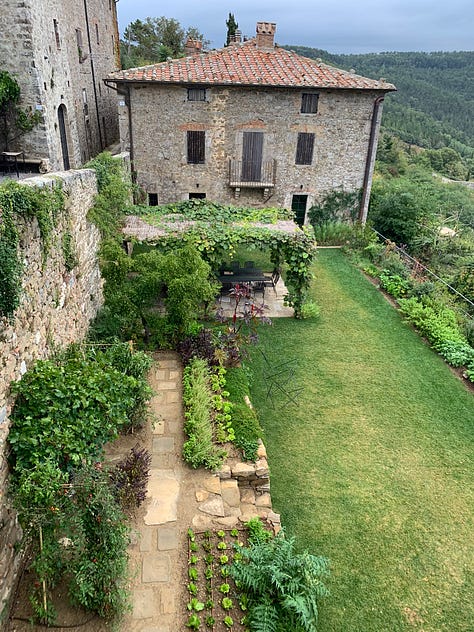
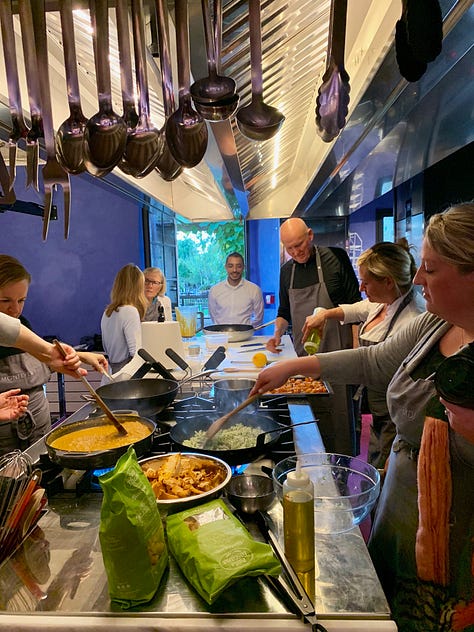
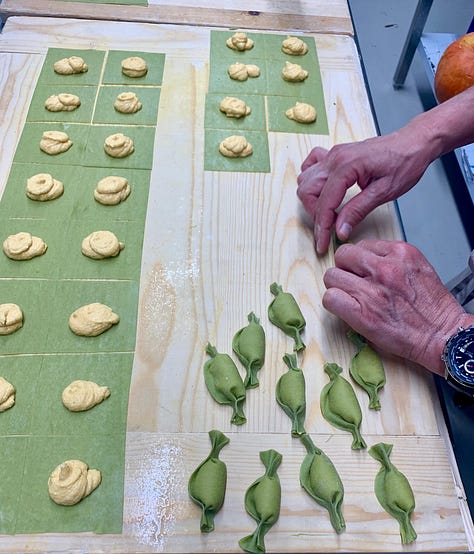
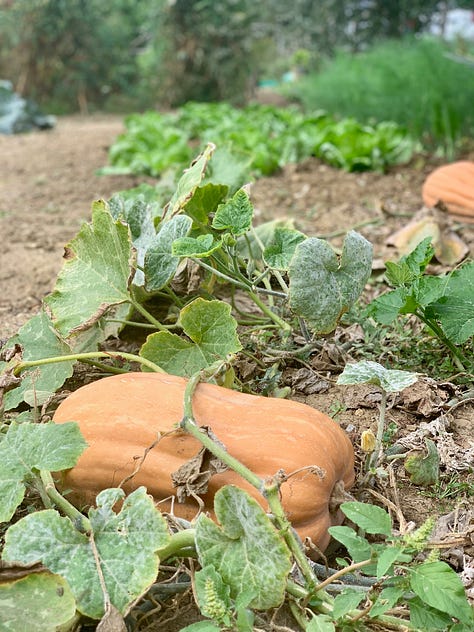
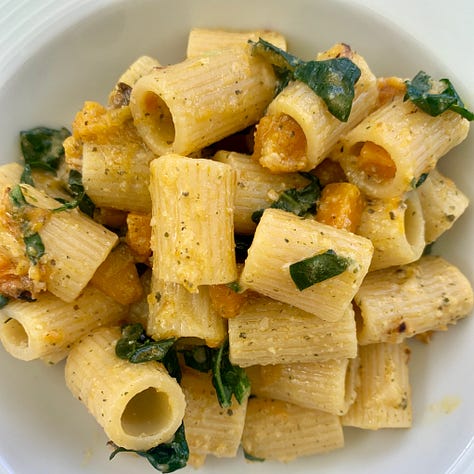
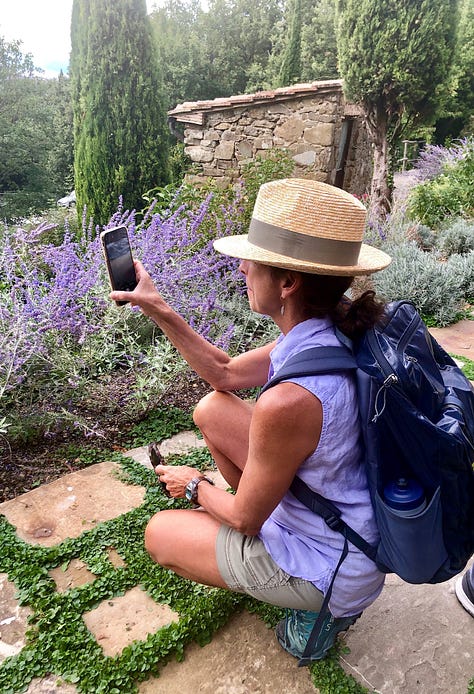
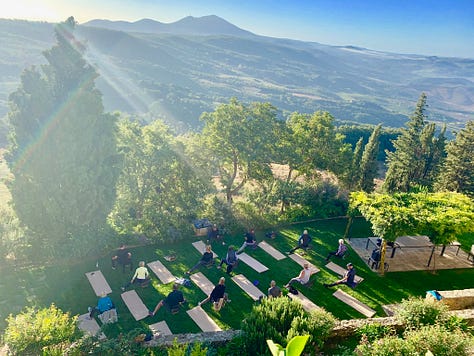
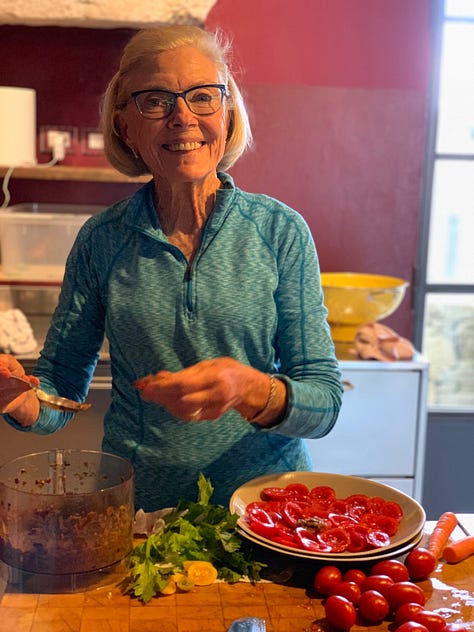

Next week: meet me in southeastern Sicily on the island of Ortigia for my weeklong Brain Health Retreat. I have more retreats coming next year that I cannot wait to announce. Subscribers get first dibs on signing up; spots fill quickly!
As always, thank you for reading, following, sharing, and taking the best care of your brains. I really look forward to being with you here in this community of food-loving brain health enthusiasts.
Love,
Annie

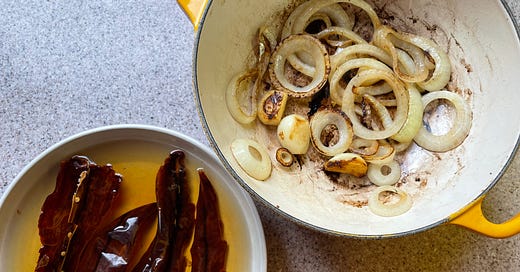




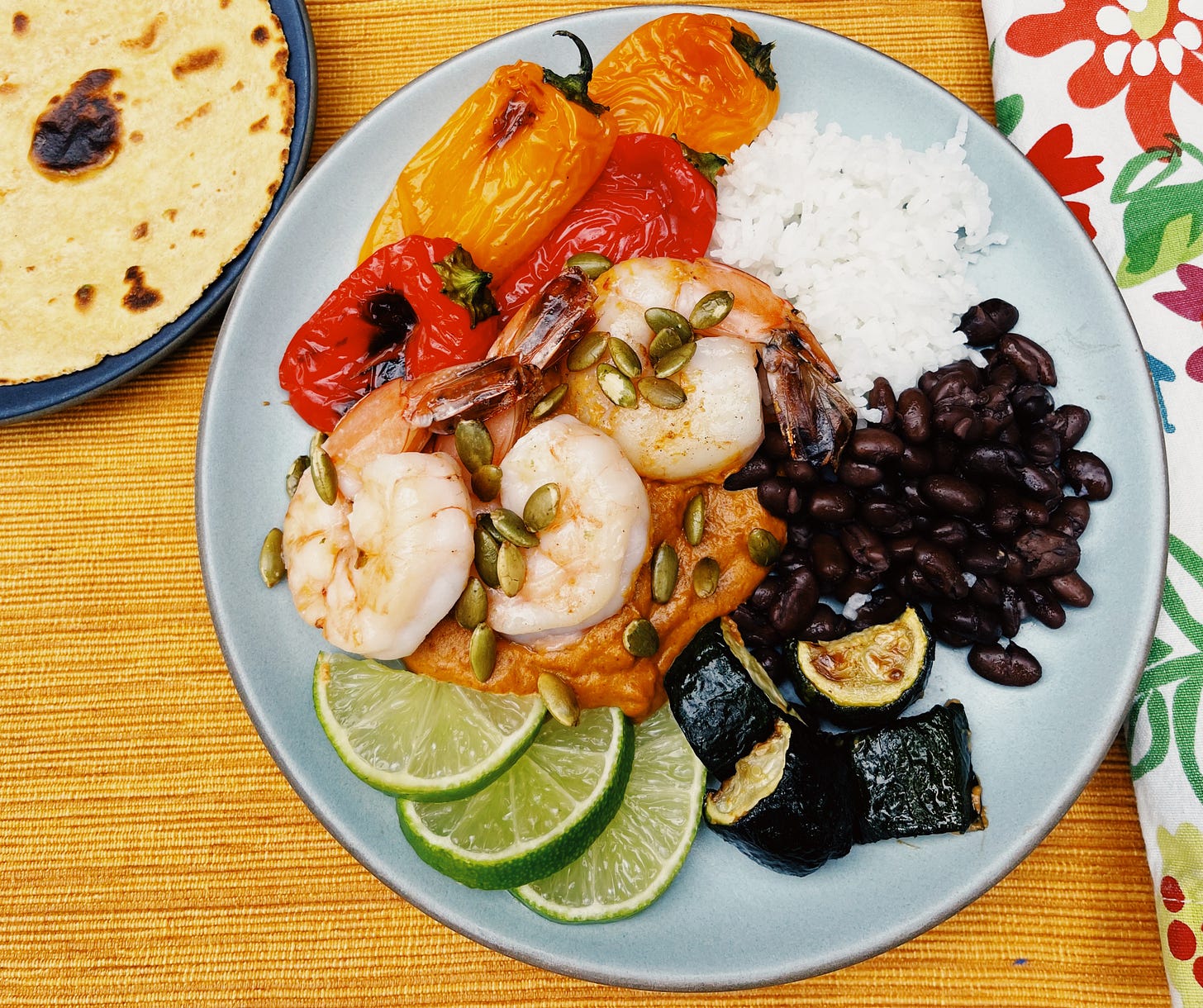
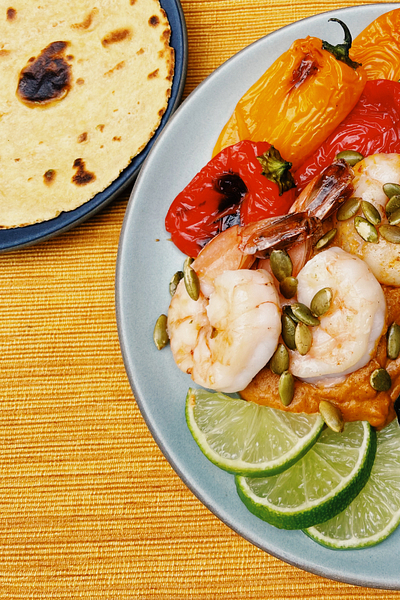
--I like your suggested short cuts for a quicker mole -- will give it a try after I source a few more ingredients. I've been eating lots of pumpkin seeds lately so a sauce made from them appeals to me.
--I do like Rancho Gordo beans, but lately have been buying beans from Primary Beans -- a woman owned small company. They have a lot of organic varieties, which I appreciate! You or your subscribers might want to check them out.